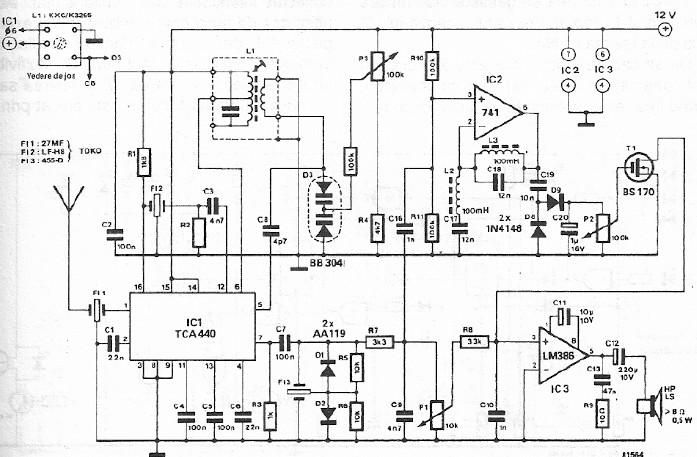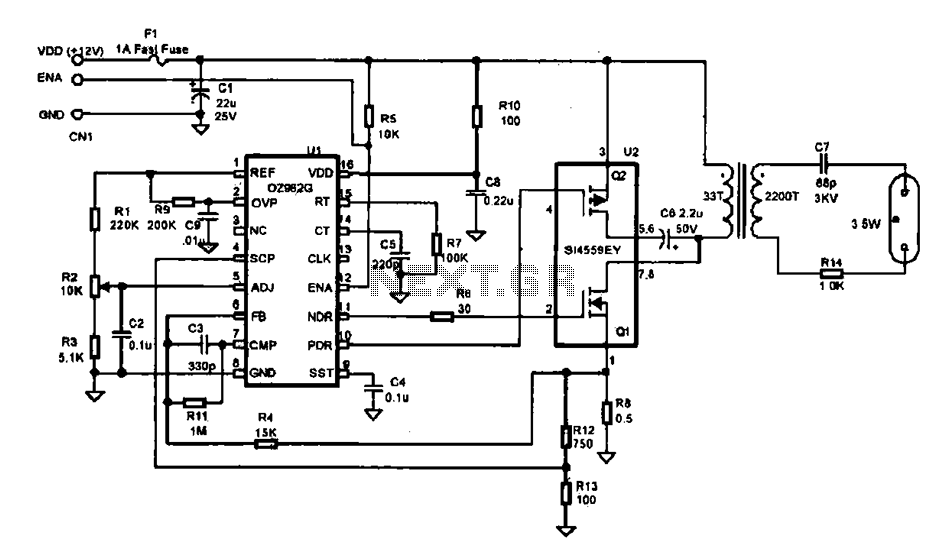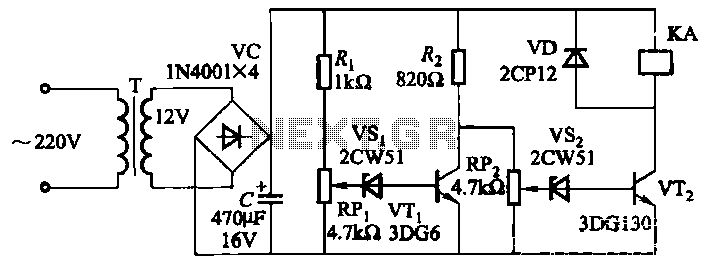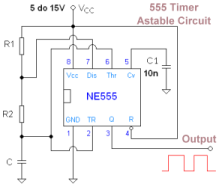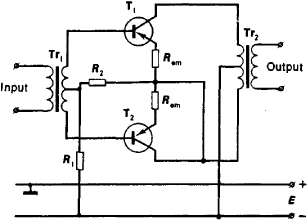
Biosensor circuit
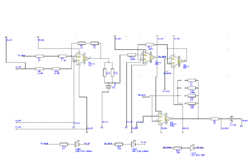
This week involved the completion of several objectives. Initially, software was downloaded to design the schematic for a circuit intended for translation onto a PCB. A significant portion of the week was dedicated to tutorials and familiarization with the user interface to create an aesthetically pleasing circuit. Additionally, the circuit, which includes switches for the batteries and a DIP switch for resistance control, was submitted to the Biomedical Technology Workshop for manufacturing into a case. This will serve as the first prototype (not the PCB), and efforts were made to ensure its visual appeal.
The circuit design process began with the selection of an appropriate software tool that facilitates schematic creation and PCB layout. The chosen software allows for intuitive manipulation of components and wiring, enabling the designer to effectively visualize and implement the circuit's functionality. The design incorporates essential elements such as resistors, capacitors, and operational amplifiers, which are critical for the intended application.
The inclusion of battery switches is a key feature, providing the ability to easily disconnect the power source when the circuit is not in use, thereby extending battery life and enhancing safety. The DIP switch serves as a versatile control mechanism, allowing for the adjustment of resistance values in the circuit. This adaptability is crucial for testing and optimizing circuit performance under various conditions.
Once the schematic was finalized, the design was prepared for manufacturing. The Biomedical Technology Workshop was engaged for the fabrication of a prototype case, which serves not only a protective function but also contributes to the overall design aesthetics. Careful consideration was given to the case design to ensure it is visually appealing while maintaining functionality. This prototype will facilitate further testing and validation of the circuit's performance before proceeding to the PCB stage, thus ensuring that all design objectives are met effectively.This week was spent completing a number of different objectives. Firstly, the software was downloaded to design the schematic for the circuit to be translated onto a PCB. Much of the week was spent doing tutorials and learning the user interface to make a nice circuit. Also, the circuit, complete with switches for the batteries as well as a DIP switch to control resistance, was given to the Biomedical Technology Workshop for manufacturing into a case. This will serve as the first prototype (not the PCB), and steps were taken in order to ensure it was pleasing to the eyes.
🔗 External reference
The circuit design process began with the selection of an appropriate software tool that facilitates schematic creation and PCB layout. The chosen software allows for intuitive manipulation of components and wiring, enabling the designer to effectively visualize and implement the circuit's functionality. The design incorporates essential elements such as resistors, capacitors, and operational amplifiers, which are critical for the intended application.
The inclusion of battery switches is a key feature, providing the ability to easily disconnect the power source when the circuit is not in use, thereby extending battery life and enhancing safety. The DIP switch serves as a versatile control mechanism, allowing for the adjustment of resistance values in the circuit. This adaptability is crucial for testing and optimizing circuit performance under various conditions.
Once the schematic was finalized, the design was prepared for manufacturing. The Biomedical Technology Workshop was engaged for the fabrication of a prototype case, which serves not only a protective function but also contributes to the overall design aesthetics. Careful consideration was given to the case design to ensure it is visually appealing while maintaining functionality. This prototype will facilitate further testing and validation of the circuit's performance before proceeding to the PCB stage, thus ensuring that all design objectives are met effectively.This week was spent completing a number of different objectives. Firstly, the software was downloaded to design the schematic for the circuit to be translated onto a PCB. Much of the week was spent doing tutorials and learning the user interface to make a nice circuit. Also, the circuit, complete with switches for the batteries as well as a DIP switch to control resistance, was given to the Biomedical Technology Workshop for manufacturing into a case. This will serve as the first prototype (not the PCB), and steps were taken in order to ensure it was pleasing to the eyes.
🔗 External reference

